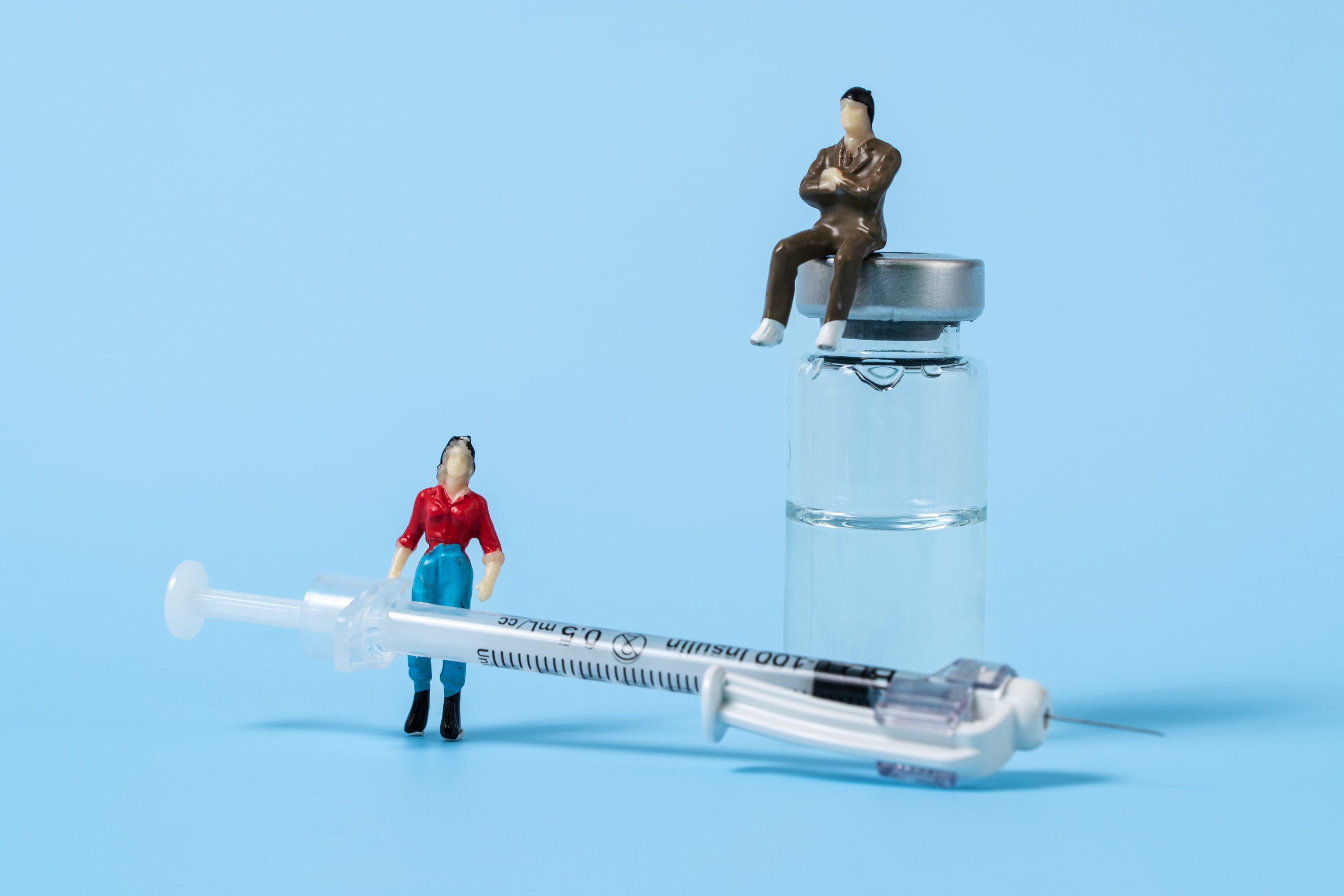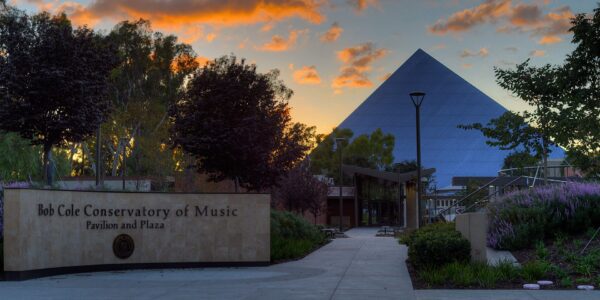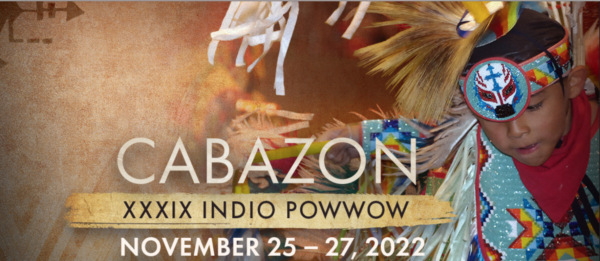A new film about the transfer of water from the high desert to Los Angeles – called “Without Water” – has just been released on the internet. The film highlights the struggle between the community around Long Valley, which is between Mammoth and Bishop California – and the Los Angeles Department of Water and Power.
The LA DWP has court permission to terminate longstanding water leases and limit irrigation water in Long and Little Round valleys.
Matt McClain, campaign manager for the Keep Long Valley Green Coalition, said that would endanger wildlife, fish, cattle grazing, tourism, and Native American cultural sites. So advocates are asking for at least 2.8 acre feet of water per year going forward.
“We’re trying to have dialogues with them to say, hey, look, this is the number that we think would be at a minimum equitable for you to supply ratepayers in Southern California while maintaining our wetlands up here,” McClain said.
In a statement, the LA DWP said it “continues to provide water to ranchers in Mono County as it has historically done, and the amount of irrigation water is based on its operational needs and water conditions.” The agency also asserted that Los Angeles is one of the most water-efficient cities in the world.
Environmental groups say Mono County’s water should not be used to maintain suburban landscaping. The agency bought land and water rights in the Eastern Sierra back in the early 1900s.
McClain said if the water flow is reduced, many of the area’s native plants will give way to invasive cheatgrass, which will dry up in the summer and create a huge fire hazard.
“That would be catastrophic,” McClain said. “Certainly because there’s the community of Crowley Lake and Hilton Creek right there. But also it could get so intense that it would burn that landscape and then destroy the seed bed and everything else with it. We could see that landscape just not recover permanently.”
The courts have ordered the LA DWP to do an environmental assessment before changing the water deliveries. The agency is expected to announce its plans early next year. The 21-minute film has won multiple awards at film festivals this year. It can now be streamed on the “Keep Long Valley Green” YouTube and Vimeo.
by Suzanne Potter, Producer, Public News Service







